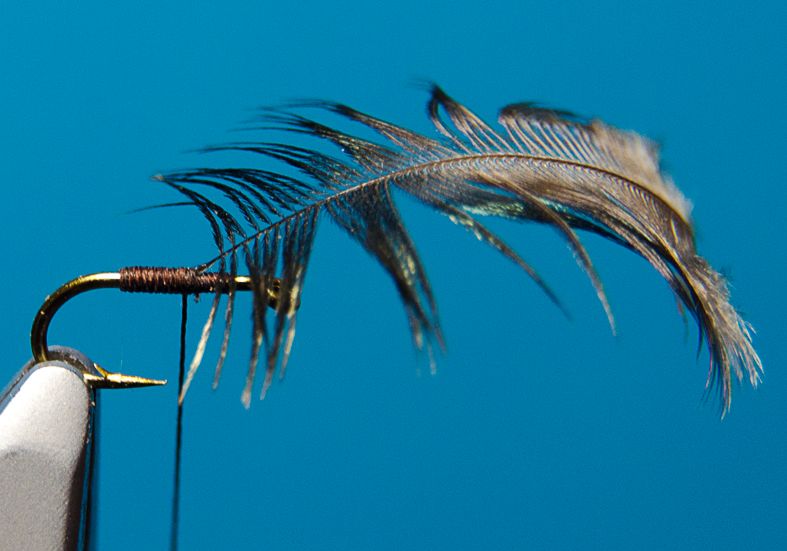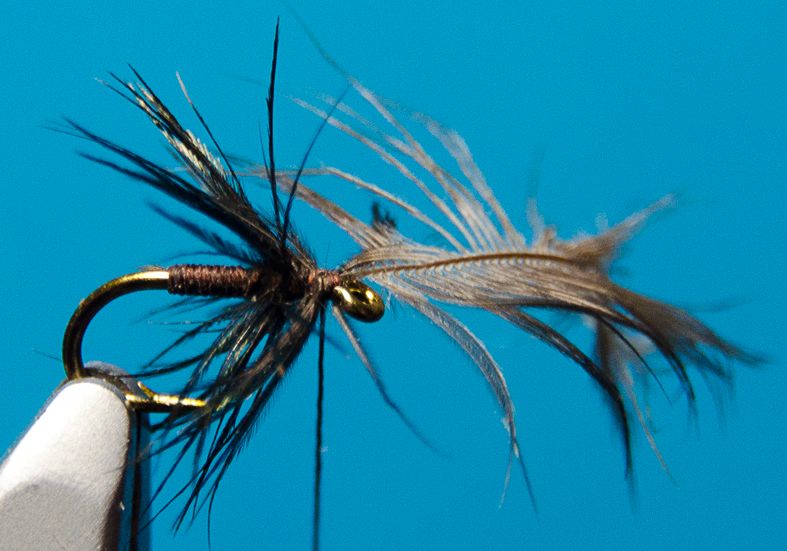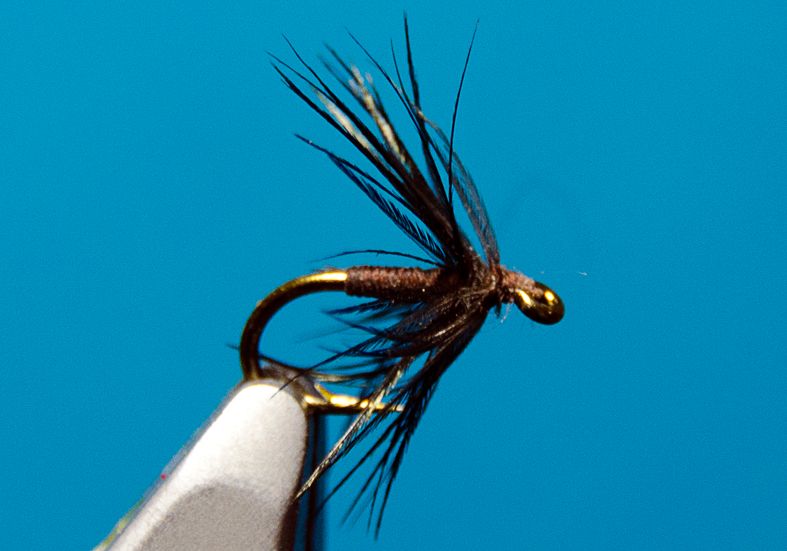Some tied for my fly box, Simple spiders. As these for the loch they are over hackled. If these were for the river, they would have about 1/3rd of the hackle these have. For some reason, on the lochs, the fish want something with more hackle.
B C Damsel_0003.jpg
Hook: Wet fly 10 - 14. (mine are on 12s)
Thread: Black UTC 170. (Or you can match the body colour if you like)
Rib: Fine Gold Oval. (No need to counter wrap as the rib is wound on a different pitch to the body)
Body: Wound herl. (I've used colour extracted and dyed pheasant tail but any herl long enough to wind would do)
Hackle: Grey feather from the shoulder of a brown partridge.
These would be fished as the point fly in a team of three.
Cheers,
A.



 Reply With Quote
Reply With Quote






